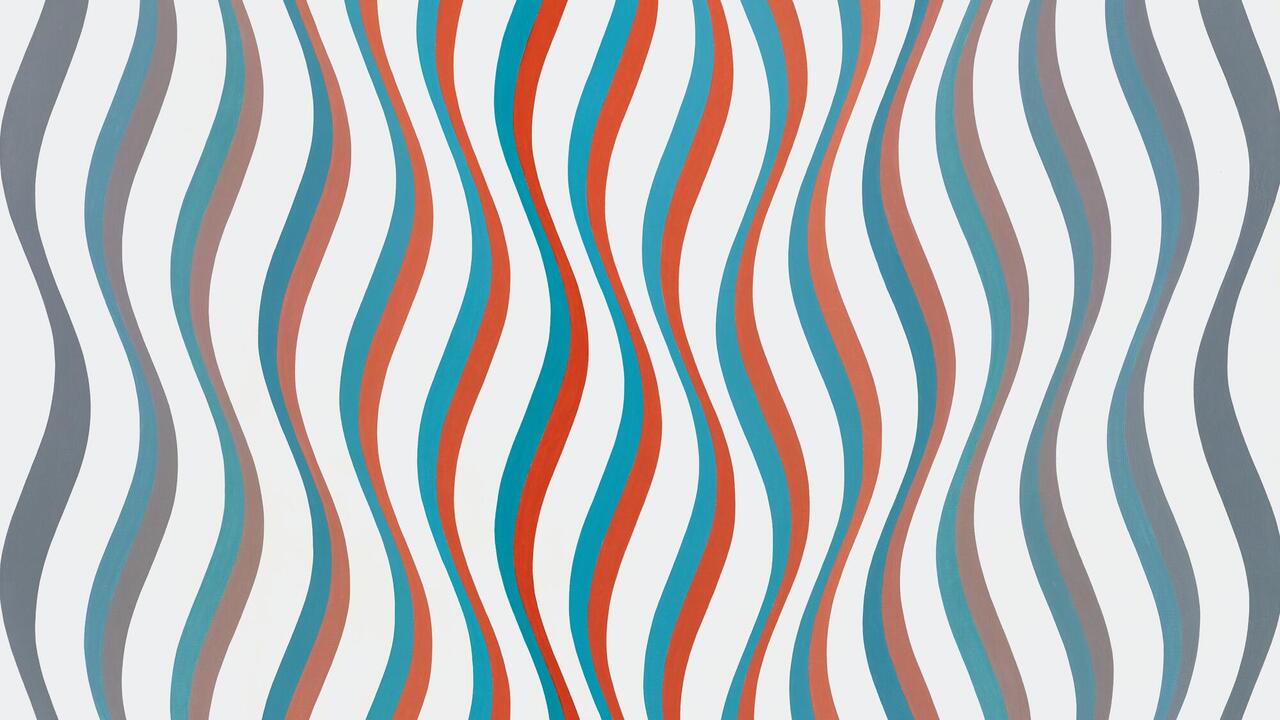Door Between Either And Or - Part 1
Kunstverein München
Kunstverein München

In 1926, Gertrude Stein delivered a characteristically punning meditation, titled Composition as Explanation, as a lecture in Oxford. An audience member asked: ‘What about the woman question?’ to which Stein quipped ‘not everything can be about everything’. Today, this story contains two truths: it’s obvious that gender questions are both omnipresent yet quickly dismissed within the institutions of art (even by women); yet it’s equally true that an art work by a woman need not always be a work about womanhood.
For Door Between Either And Or Part 1, artists Judith Hopf and Marlie Mul worked with the Kunstverein München to assemble works by 12 artists spanning from Jeanne Mammen to a younger cohort including Morag Keil and Gili Tal: all women, none of whom have allied themselves explicitly with feminist practices, nonetheless playfully and skillfully appropriating feminist vocabularies. After all, what’s to separate feminism today – as a political and aesthetic reality – from other operant formal and aesthetic traditions? And how to appropriate such legacies without either neutralizing their real political-historical components or submitting to inherited commonplaces (woman as Ur-producer; stereotypes of ‘Feminist’ art)?
A provisional return to clichés can make possible their very supersession: resubmitting temporarily to a received idea of one’s self in order to avoid either capitulating to status quo ‘male’ conventions (repetition via inversion) or their negation (separatism). This aporetic reasoning finds a resonance in the titular ‘Door’, based on one in Marcel Duchamp’s Paris apartment: installed between two adjacent doorways, opening it to one room simultaneously barred access to the other. Labels both foreclose and introduce meaning and Jana Euler’s painting Self Portrait as E.T. re-entering the gallery (2013) is a sad, eerie take on alienation amidst institutionality: the artist as a smiling, red-fingered E.T. entering a glass-walled structure (a metaphorical ‘spaceship’ of the gallery). We see ‘it’ framed from within the institutional space, ourselves implicated in viewing E.T. as some sort of invited alien.
‘Femininity’ itself is indistinguishable from the institutions it has been barred from, that have helped construct it by negation. Several large square steel frames, designed by Hopf and Mul, were linked like porous wall dividers in the exhibition space: attempts at elegant, if rudimentary, framing. Transparency was one result: hung from one of these, a row of details about the shipping company and gallery on the backside of Josephine Pryde’s series of prints It’s Not My Body III, VIII, IX, X (2011) – which suggest embryos and fetuses – were left visible. But, placed among these frames, opaqueness was another effect: three of Jeanne Mammen’s bronze casts Jüngling, Männerkopf, and Kopf mit Schatten (c. 1940–6), ambiguous heads with holes in them, constructed in Mammen’s Berlin studio, where she took refuge during World War II. Georgie Nettell’s 2013 malewhitecorporateoppression II comprised three sculptures placed in unconventional places – a windowsill; on the floor, in the corner of a room – throughout the Kunstverein space: a direct, invective series of plastic grey basins filled with dirty dishes, remnants from previous nights, defiantly ugly and confidently unkempt.
If such an approach seems alternately serious and ironic – or ‘either and or’ – it’s not without a committed, ethical edge. Emblematic were two works focusing intelligently on female-female relations. Amy Sillman’s vitriolic All-Woman Dinner Party (2009) is a pencil-drawn seating chart where attendees’ names are replaced by superficial descriptions (‘blonde from Brooklyn who looks more German than the Germans – smokes a lot and wears leather’), parodizing both the cliché of female-female cattiness and the art world’s incessant stereotyping. But by far the most touching – and irresolute – piece in this intelligent, unabashedly articulate exhibition was the silent Isa Genzken film Zwei Frauen im Gefecht (Two Women in Combat, 1974). Two women, of different body types, laugh and smile, dress and undress while passing to each other one shared set of clothing. With black-and-white, nostalgic 16mm haziness, the two figures turned the limit of a shared resource into a game. A limit can be a form of power, and a fight a game, but who, really, are they in combat with? Themselves? Us? Nobody?














